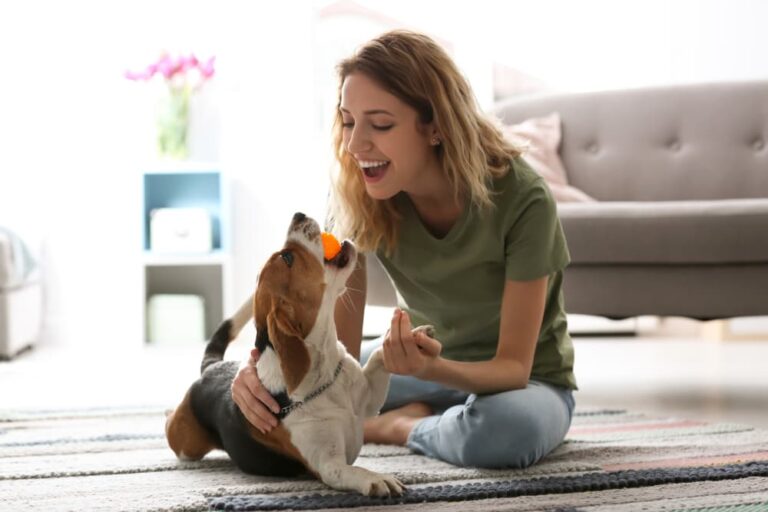
How to Stop Dog Aggression and Promote Healthy Behavior
Share
Even the most loving dogs can exhibit aggressive behaviors from time to time. Understanding how to stop dog aggression can make a significant difference for health-conscious pet owners who want to ensure both the safety and well-being of their beloved canine companions. But how can you effectively address these challenges without sacrificing your dog's trust or enthusiasm for life?
Addressing aggression in dogs is pivotal when striving for a balanced and harmonious relationship. The task may seem daunting at first glance, yet armed with the right knowledge and approach, peace with your pet is within reach.

Understanding the Roots of Dog Aggression
The first step in navigating the world of dog aggression is understanding its origins. It's vital to assess factors that trigger such behavior, attributes like fear, territorial instincts, or even underlying health issues. According to the Dog Aggression Training tips on Petzooli, early socialization in puppies can help mitigate aggression later in life by exposing them early to various social situations.
Identifying Early Signs of Aggression
Recognizing the early signs of aggression can prevent potential issues. Pay attention to warning signs such as growling, bared teeth, or rigid body posture. Resources like the Blue Cross provide insightful advice on reading dog behavior which can be highly beneficial.
Implementing Positive Reinforcement Techniques
When educating yourself on how to stop dog aggression, it's crucial to emphasize positive reinforcement. Reward-based techniques can help combat aggressive behavior effectively. Specialists recommend using treats and praises to cultivate desired behaviors while diffusing potential tension.
Setting Boundaries with Consistent Training
For continued obedience and safety, its paramount to instill consistent rules. Regular training sessions tailored to your dogs specific needs can reinforce healthy habits and establish mutual respect.
Nurturing a Safe Environment
The environment plays a significant role in shaping a dog's behavior. Eliminate stress-inducing factors, ensure ample exercise, and provide a comforting and secure living space. An enriched atmosphere promotes serenity and reduces potential aggression triggers.
Consulting Professionals for Guidance
Consultation with professional dog trainers or behaviorists familiar with health-conscious pet considerations can yield substantial improvement. Addressing aggression effectively sometimes necessitates expert intervention to tailor the best course of action for your dog's unique temperament.
Delving Deeper into Behavior Modification
Behavior modification involves altering a dogs reactions to particular stimuli through gradual exposure and controlled scenarios. If consistent efforts dont appear to yield the desired outcomes, consider professional guidance from reputable veterinarians for personalized advice.
For additional advice and insights on proper technique application, refer to Small Door Vet, a trusted resource for canine behavioral strategies.

Frequently Asked Questions
1. What should I do if my dog shows aggression around strangers?
Gradual exposure and consistent positive reinforcement can help. Start with a safe distance and slowly decrease it while rewarding calm behavior.
2. Can training alone resolve all aggression issues?
While training can significantly improve behavior, some cases may require professional intervention, especially if aggression is deeply rooted in medical or psychological issues.
3. How long does it usually take to stop aggression in dogs?
The timeframe varies depending on the underlying cause, consistency of training, and individual dog traits. Patience and persistence are key.
Through informed decisions and proactive strategies, curbing aggression in dogs is attainable. By trusting the process and staying committed to positive practices, health-conscious pet owners can effectively nurture well-mannered and happy dogs.
This article contains affiliate links. We may earn a commission at no extra cost to you.
